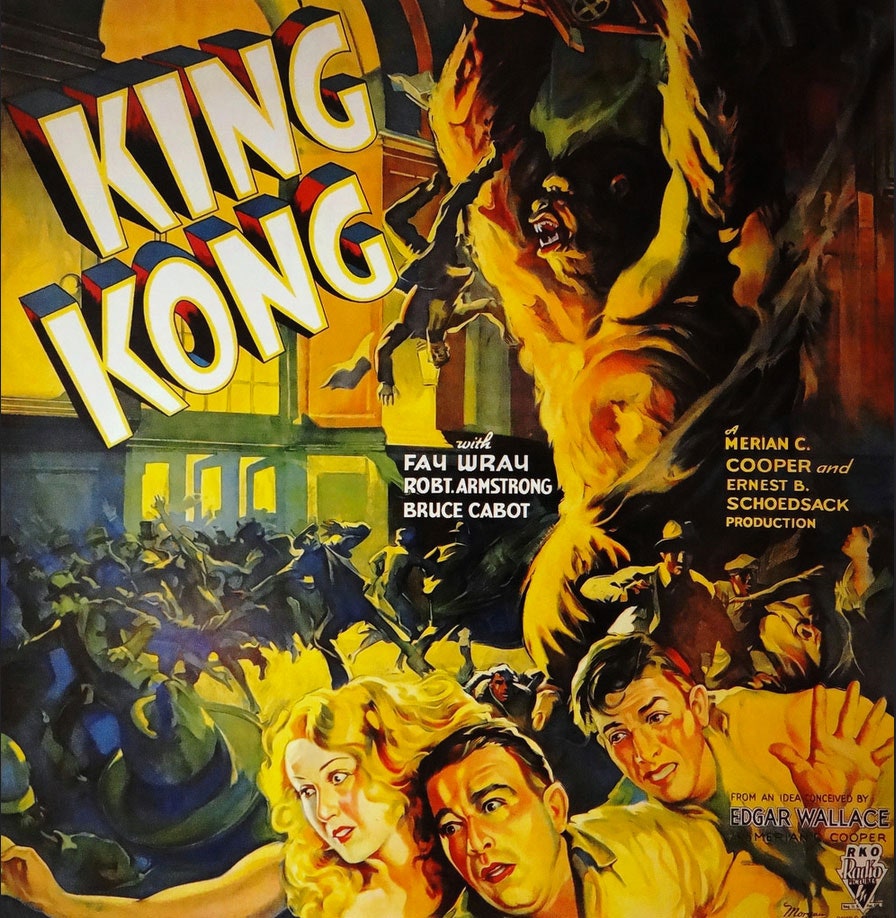California’s Bold Move to Boost the Film Industry
In a groundbreaking announcement at a Hollywood studio, California Governor Gavin Newsom revealed a proposal designed to more than double the state’s film and TV tax incentives, potentially reshaping the entertainment landscape. This initiative aims to expand the annual tax credit pool from $330 million to a staggering $750 million, making it one of the most competitive schemes in the nation.
Expanding opportunities for filmmakers in California.
During this press conference, Governor Newsom emphasized that this move isn’t solely about supporting big names or high-profile productions. Instead, he stressed that it’s about creating jobs, stimulating investment, and safeguarding California’s vibrant creative community. With the entertainment industry experiencing fierce competition from 38 other states and countries, including growing rivals like New York and Georgia, Newsom proclaimed, “This is about investing in the future of this industry, the future of the state, the values we hold dear, investing in our creativity, this great cultural export…”
The Economic Stakes
California’s film and TV sectors are a cornerstone of its economy, employing over 700,000 individuals and generating approximately $70 billion in wages for in-state workers. As the world’s creative hub, the proposed tax incentives aim to enhance the state’s attractiveness to filmmakers, which could be crucial as productions are increasingly lured away by more favorable environments.
In a landscape where production costs continue to rise, it’s essential to understand the tangible impact these incentives can have. The Governor’s office anticipates that these changes will not only protect existing jobs but also pave the way for new opportunities in an industry still struggling to find its footing in a post-pandemic world.
Behind the scenes of the film industry.
Challenges and Controversies
The timing of this proposal is significant. It comes on the heels of recent labor strikes and a pandemic that has left the industry in a precarious position—described by Newsom as being on “life support.” Many industry insiders believe that the proposed incentives are a necessary jolt required to revitalize a struggling sector that has endured so much disruption.
However, the proposal is not without its critics. Chris Hoene, Executive Director of the California Budget and Policy Center, has previously labeled refundable tax credits as “giveaways” that lack measurable outcomes. Critics argue such funds often benefit larger companies rather than the grassroots filmmakers who genuinely need support. Yet Governor Newsom insists that the plan will actually extend beyond just the spotlight figures. He remarked, “This is about working folks, this is about building a sense of community… the small businesses that benefit from this kind of investment and activity.”
Voices from the Industry
Industry veterans are echoing the call for enhanced support. Millicent Shelton, a California-based director, shared her personal struggles through the years, reflecting on the painful choices creatives often have to make between family life and work. “Many directors are being forced to leave California… it’s psychologically painful and damaging to marriages, families, and communities,” she explained, advocating passionately for this initiative that could alter the fabric of Hollywood.
The intimate moments behind filmmaking.
In conclusion, Governor Newsom’s proposal represents a critical investment in the state’s creative future. By establishing a more robust tax incentive infrastructure, California can reaffirm its status as the unrivaled leader of the entertainment industry while fostering community growth and ensuring that its vibrant film culture does not falter amid increasing competition.
As a loyal cinephile, it’s heartening to witness proactive measures like this being taken to safeguard the industry that has defined and enriched our culture. I, for one, am eager to see the ripple effects this could have on local filmmakers, small businesses, and the community at large. Make no mistake—this isn’t just about Hollywood’s stars; it’s about the lifeblood of creativity that runs through our streets.


 Photo by
Photo by 








